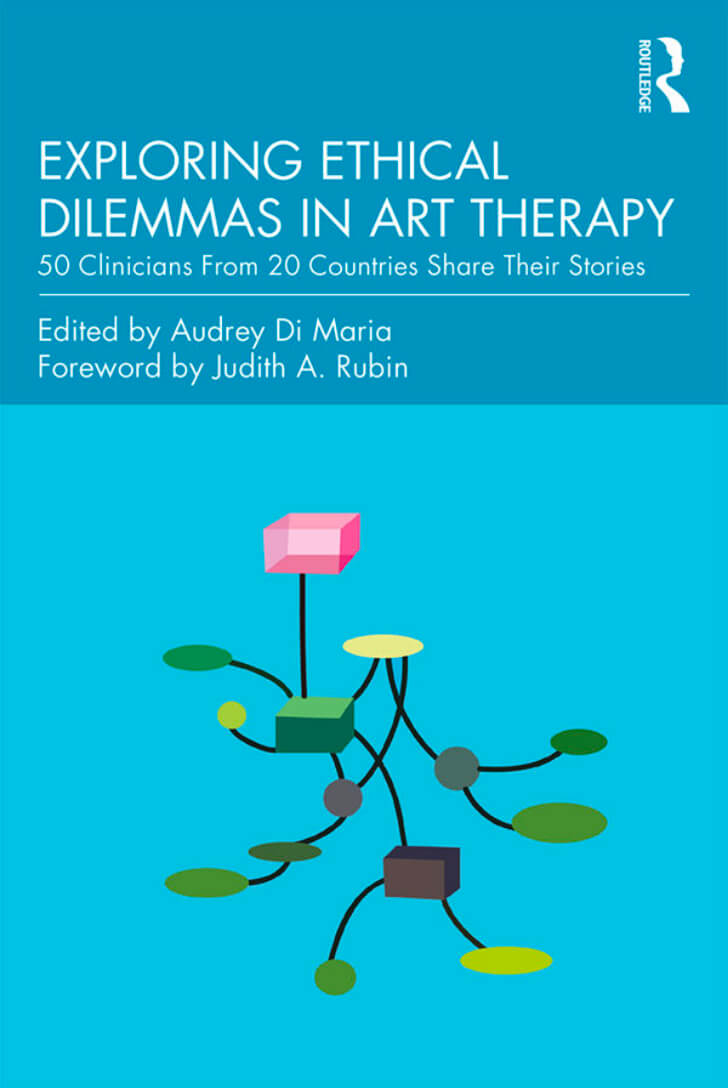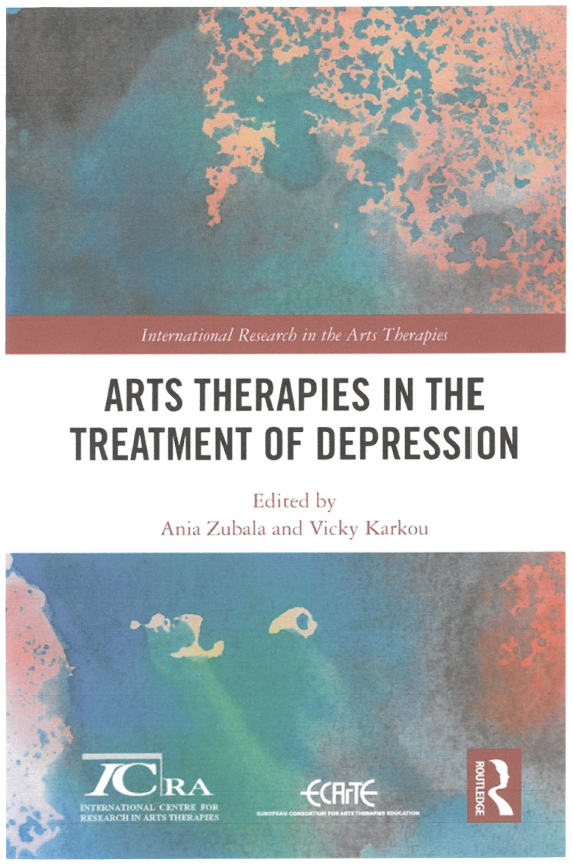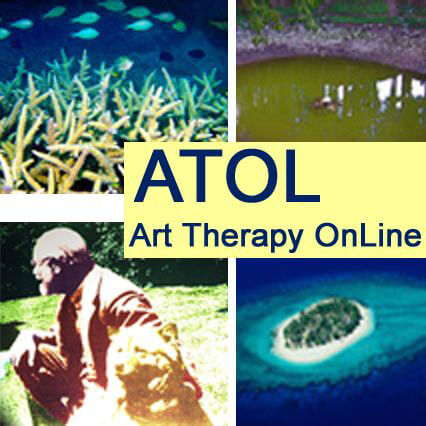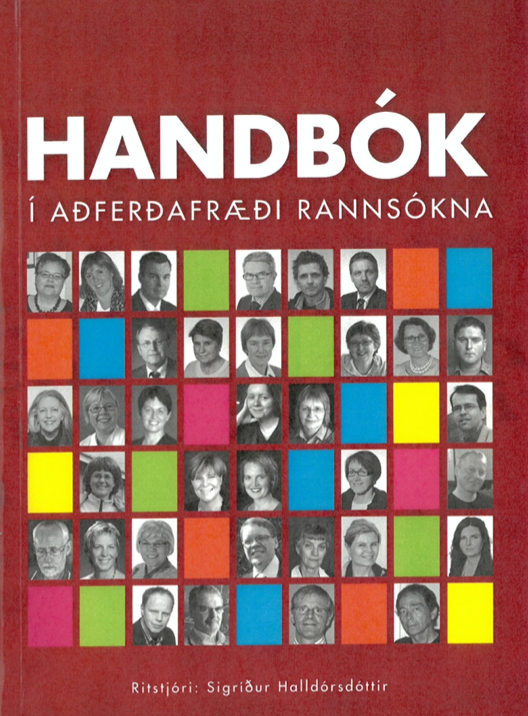
A quantitate and qualitative research into memory drawing conducted by Ottarsdottir in 2000 is the subject of this chapter. The study was the first comprehensive research that systematically compared the impact of drawing and writing on memory functions. The memory drawing study is therefore a milestone in the history of art therapy, education, psychology and psychotherapy. Memory drawing is a part of art educational therapy which is a therapeutic and educational method invented by the author and discussed in the chapter. The ethical dilemma presented in the publication relates to the subject that memory drawing and drawing in general may tap into sensitive emotional material, which might cause further difficulties if the drawing is facilitated by a person who is unaware of the emotional content that may emerge in the drawing process.
Ottarsdottir, U. (2019) Ethical Concern when Applying Drawing for Memory: Research Conducted in Iceland. In: Audrey Di Maria (Ed.). Exploring Ethical Dilemmas in Art Therapy (pp. 266-272). New York: Routledge
Tags: Ethics, Art therapy, Research, Drawing, Memory, Well-being
https://doi.org/10.4324/9781315545493

Children who had experienced stress and/or trauma and had specific learning difficulties were selected to participate in research investigating a therapeutic method comprising art therapy and education. Art Educational Therapy (AET) emerged through the research in which integrated emotional and intellectual processes are worked with simultaneously. Oli, who took part in the study, was depressed at the beginning of the therapy but felt better at the end of it.
Art-making, which often included writing, was found to be important both in the therapy and in the researcher’s own process, where it provided a creative and reflexive research methodology. The way in which art making creates a fresh understanding and a new kind of relationship to a project worked with, is reviewed in the chapter. The process of creating art leads to increased understanding and awareness, which connects to personal meaning. As a result, the understanding of the project can be more meaningful, as opposed to understanding that is formed solely by reading and writing, which is more connected to a linear process. The subject is discussed in terms of a research project and how such drawing can facilitate coursework learning and at the same time serve therapeutic purposes.
Ottarsdottir, U. (2018) Art therapy to Address Emotional Well-being of Children who have Experienced Stress and/or Trauma. In: A. Zubala & V. Karkou (Eds.), Arts Therapies in the Treatment of Depression: International Research in the Arts Therapies (pp. 30-47). Oxford: Routledge.
DOI https://doi.org/10.4324/9781315454412
Tags: Art Therapy, depression, project, art making, understanding, meaningful.

Quantitative and qualitative research, into memory drawing, which was conducted in the year 2000, is reviewed in the article. The results of the quantitative research showed that drawing is effective for memorising. Nine weeks after the original memorisation the children recalled the median of five times more words that they had drawn than ones they had written. The qualitative case study reviewed showed the way in which coursework learning was incorporated into art therapy within a school. The results of the qualitative research indicated that memory drawing can help children process their emotions relating to difficult experiences. The research shows that drawing facilitates well-being, memory and coursework learning within an art therapeutic and pedagogic framework.
Tags: Drawing, memory, art therapy, well-being, coursework learning, research.

In this chapter Unnur Óttarsdóttir explains how she used drawn diagrams in a research where the methodology of grounded theory was applied.
The drawings were applied for:
Unnur Óttarsdottir (2013) Grunduð kenning og teiknaðar skýringarmyndir. (Grounded Theory and Drawn Diagrams). In: Sigríður Halldórsdóttir (Ed.), Handbók í aðferðafræði rannsókna (pp. 361-375). Akureyri: University of Akureyri.
ISBN: 9789979724414
Keywords: Drawing, diagrams, research, connecting, grounded theory, understanding, creativity